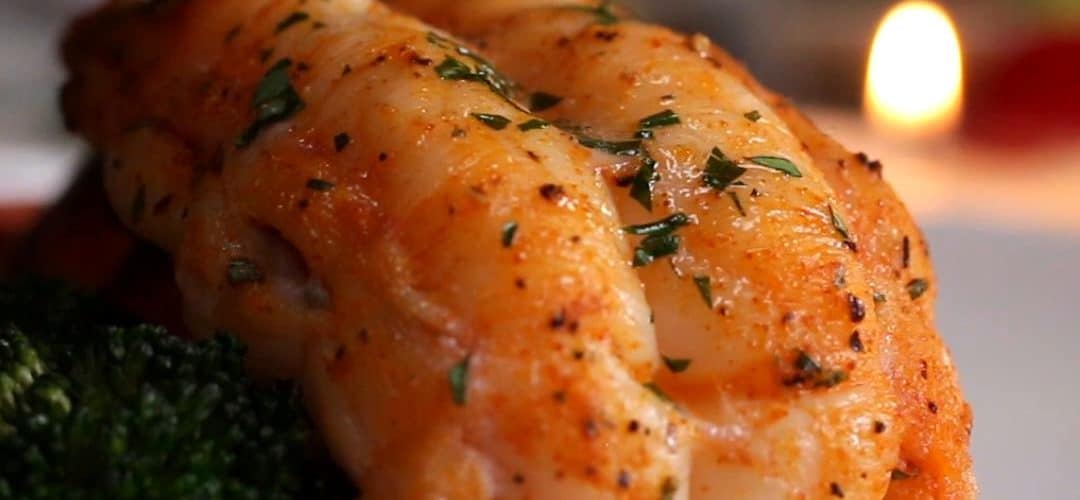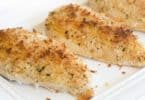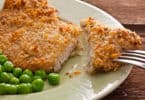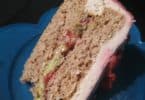Most people think of steaming when they think of lobster, but you can also bake lobster tails and get excellent results. The trick to a great lobster tail is the presentation. If you can learn to butterfly a lobster tail, you will get a restaurant-quality presentation, and the meat will be easy to eat. There’s nothing worse than looking forward to a tasty dish, and finding yourself with something you’re not sure how to eat. Shellfish often presents that problem.
Contents
Choose Your Lobster Tails
There are two types of lobster which means there are two types of lobster tails available. Whether you are buying a whole lobster or just the tail, you should always ask which kind you are getting. Warm-water lobsters come from tropical areas like Florida or the Caribbean, while cold-water lobsters come from locations including Maine and Australia. Most of us assume that we are buying cold-water lobsters, and most of the time we are. It’s still important to check because your chances of getting the best meat always come with cold-water lobsters. Warm-water lobsters are often cheaper than their cold-water cousins, so if you’re getting a deal that seems a little too good, it’s even more important to ask. If the package doesn’t say, and the store clerk doesn’t know, just be safe and assume they’re warm-water animals. You might want to look elsewhere. One distinguishing feature is that warm-weather lobsters often display yellow spots or bands on their tails while cold-weather lobsters do not. If you are purchasing frozen lobster tails, make sure they stay frozen until you are ready to cook them. Fresh lobster tails also need to be kept very cold and should be cooked soon after purchasing.
Butterflying Your Lobster Tails
This will give you the beautiful, puffed presentation that many restaurants offer. It may sound complicated, but if you go slow and follow each step, it won’t be nearly as hard as it sounds. The most important thing is to make sure you have a good pair of kitchen shears. If your lobster tails are frozen, defrost them before butterflying. Use the kitchen shears to cut the shell from the center of the top to the beginning of the tail. Make sure you cut only the tail and not any of the meat. This should be one long cut, but may take several snips from the shears. Gently grab the shell on each side of the cut, and pry the shell up and away from the meat. Make sure that you remove the shell from the top of the lobster tail, but that you leave the meat attached to the bottom portion of the lobster shell. When the meat is freed from the upper portion of the shell, lift the meat up. Squeeze the loose shells together, and lay the meat back down on top of the shell. This will now look like a lump of white and red meat sitting on top of a lobster shell, but the meat is still attached at the back. The next step is to cut a shallow line from the tip to the end of the meat. Fold each side back over the folded lobster tail. You don’t need to completely cover it. Cut a few more cuts lengthwise through the meat so that it will puff up during the baking process.
Marinade the Lobster Tails
Make a marinade of butter, garlic, lemon juice, and pepper. Spoon the marinade over the lobster tails.
Bake the Lobster Tails
Set the oven to broil. Place the lobster tails on an aluminum-foil-covered pan and place in the oven under the broiler. Baste the tails with additional marinade while they are broiling. The broiling time will vary from twelve minutes for two ounce tails to thirty-five minutes for fourteen ounce tails. Because each oven is different, monitor closely to make sure that you don’t over-cook your lobster tail.
Resources:
Lobster Help: Butterflying Lobster Tails.
<>







